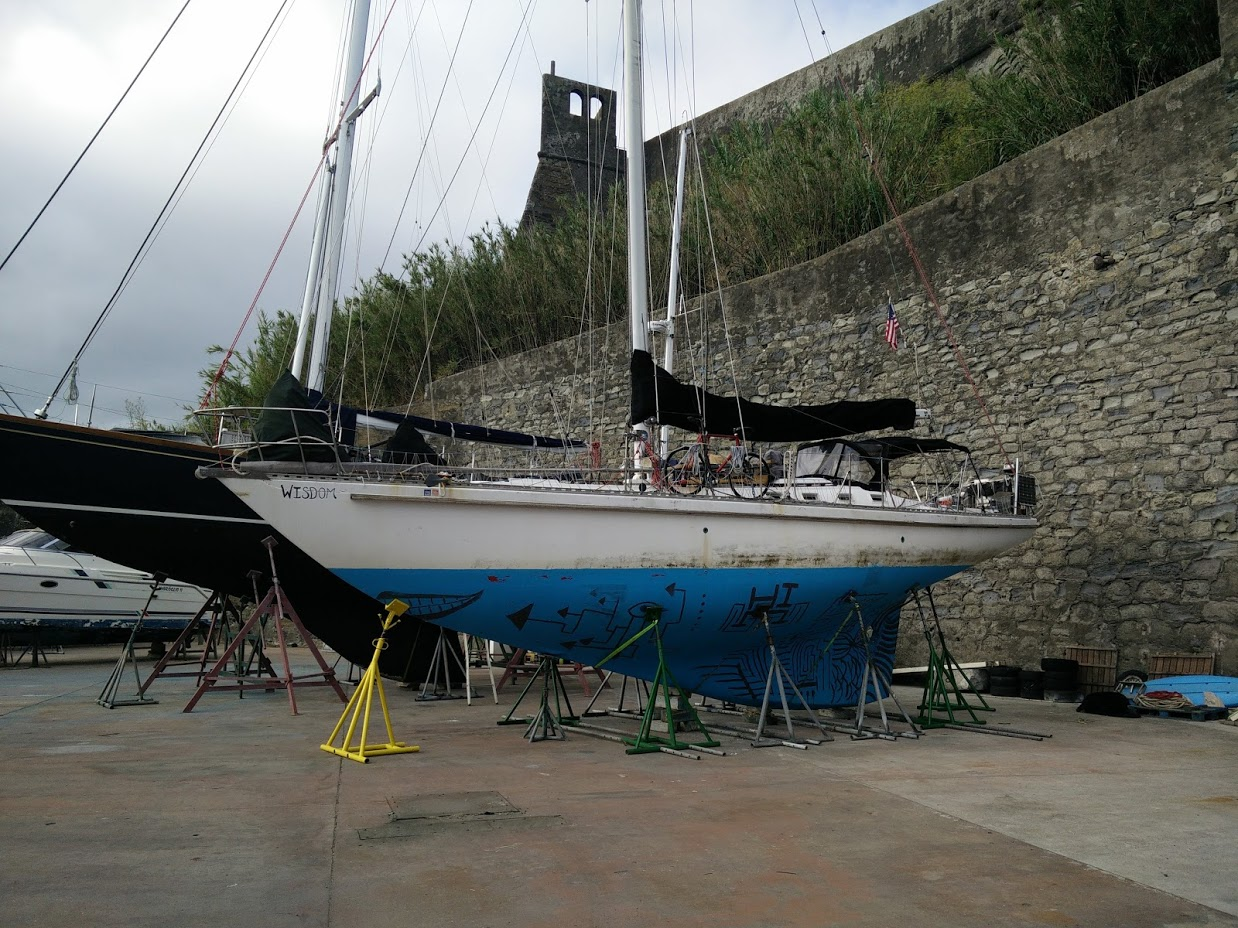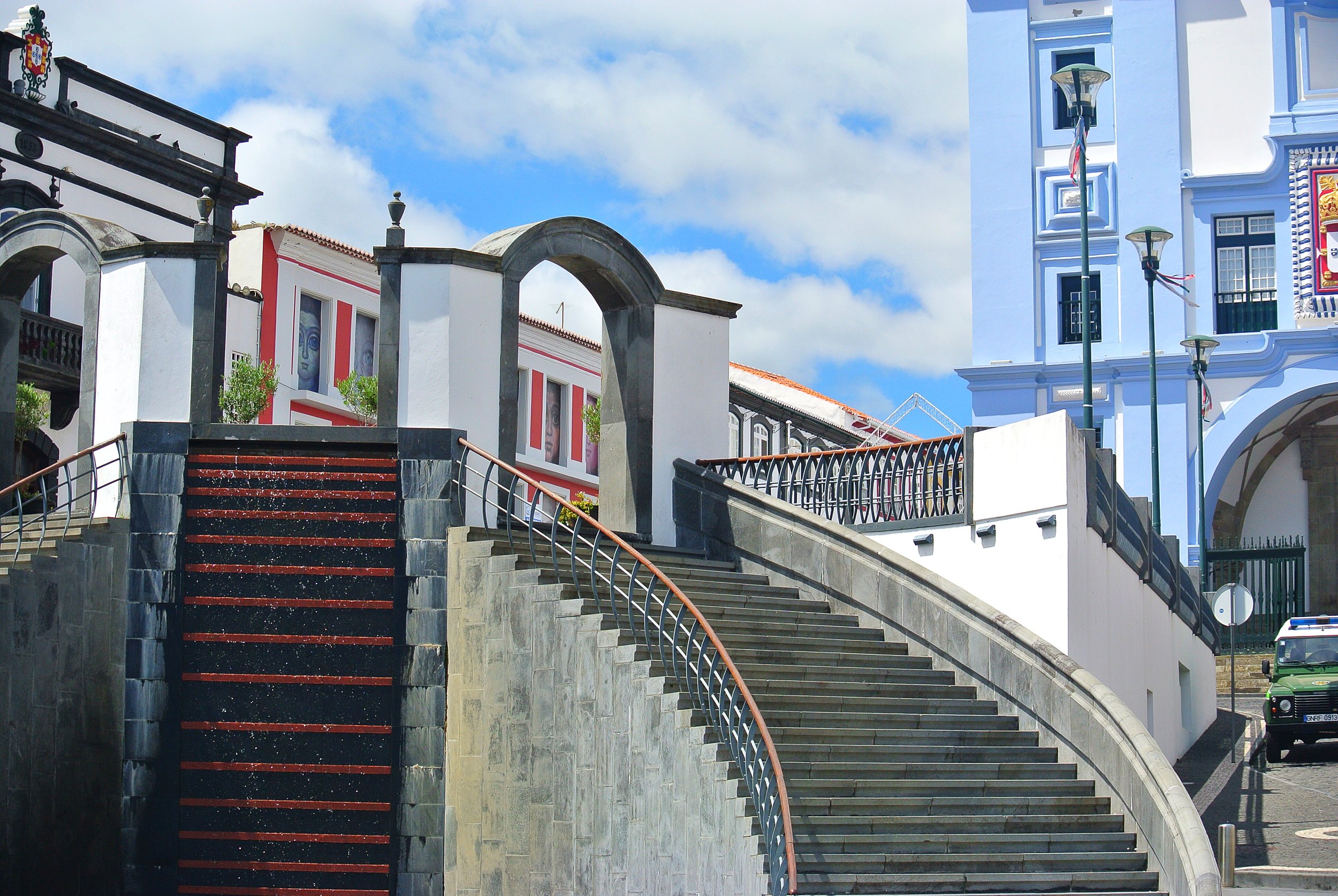Ok ladies, this one is for you, however, if you are a guy, I recommend that you read this too, because you may sail with women now or in your future, and this is all useful information for you to know or pass over to them.There aren’t many people who write about the more intimate topics of being a woman while cruising, so I thought I would share some tidbits from my experiences.
We’ll start out strong with the most frequently asked question: What do you do on your period?
As we all know, depending on birth controls and body types, women have a lot of variance on this topic. Some only experience periods once or twice a year and some not at all, but the majority of premenopausal cruisers still have their periods once a month and it can be a pain to deal with while cruising.
The biggest problem is that of waste. Pads are bulky and shouldn’t be thrown overboard, but they can smell and take up lots of space in the trash. I tend to avoid those. Tampax tampons now come with large plastic tube applicators wrapped in a plastic sleeve: all detrimental to the concept of minimal waste. If you have to change your tampon every four hours for two to seven days, it adds up very quickly. Many women and girls have adopted the use of a menstrual cup. This is great for reducing waste, but needs to be washed frequently with fresh water. If you are in a situation where you need to be saving your water, this can be inconvenient or even dangerous. Otherwise, a menstrual cup is a very good option...unless you lose it.
Personally, I have found OB brand tampons to be the best option. They can be found in almost every supermarket or drugstore in the US. I haven’t searched in Europe yet because I have yet to run out. 40 come in a very small package, so they take up very little space, which is great for the boat. They do not have any applicators and are wrapped in very thin plastic, so there is minimal waste, and you simply dispose of it in a trash can in the head lined with a plastic bag. This has been the option that I have found of the least inconvenience to both myself and the environment. I recommend them even if you live full time on land since it uses such a small amount of plastic. If you do not have access to them, try and find the Tampax tampons wrapped in paper with cardboard applicators. They still take up a lot more space and are more costly, but you will at least be more environmentally friendly.
Ok, now on to peeing. Isn’t this fun? Ladies, we really got the short straw with this one...(literally). Where men have the option to pee off the side of the boat, we do not have it so easy. I’ve met women who squat over the side, but that just doesn’t seem like a viable option for me, so I am bound to going below in the head, which is in the bow of our boat. This was a huge problem when I would get seasick every time I went below. I tried those funnels, but here’s the reality: they are dirty and get very disgusting very fast. If you are in a situation where you can’t go down below to pee, then you also can’t go down below to rinse out your pee funnel. You can imagine how gross that gets. There is always the option of pulling up a bucket of salt water to rinse it out, but then when you go to use it next, it’s salty. For some, that might not be a problem. I personally don’t love being all salty down there when shaving isn’t a realistic option. So, conclusion? When possible, pee down below in the head. When that’s not possible, pee in a bucket. I had a designated bucket for peeing and puking. It stayed pretty clean because every time I used it, we just tied a line to it and dropped it over the side to let the salt water flush it out. And an extra plus is that your quads will get some exercise from squatting!
Shaving: Don’t bother. You could slip up and cut yourself with the razor or the hair could plug the drain.
Showering: Cut your hair as short as you are willing to. Less hair = less shampoo, less water waste, less knotty hair blowing in the wind, and less worry about it catching in lines.
Shower as infrequently as you can without feeling horrible. If you are a couple, you will get used to each other’s stench, but it is still important to give your lady bits a little splash with fresh water and soap every couple days.
Makeup: Why? Just...why? I was reading a “Woman’s Guide to Cruising” and it mentioned putting on a bit of makeup every day to “feel pretty.” That made zero sense to me. You are out in the ocean. But, if it makes you feel good, I guess go ahead? It’s a personal thing.
Ok, I think I’ve covered all the questions that I have ever been asked about being a woman aboard a sailboat for an extended period of time. Please feel free to email us or start up a conversation in the comments. I’d love to hear from other cruising women about their experiences and what has worked for them!












